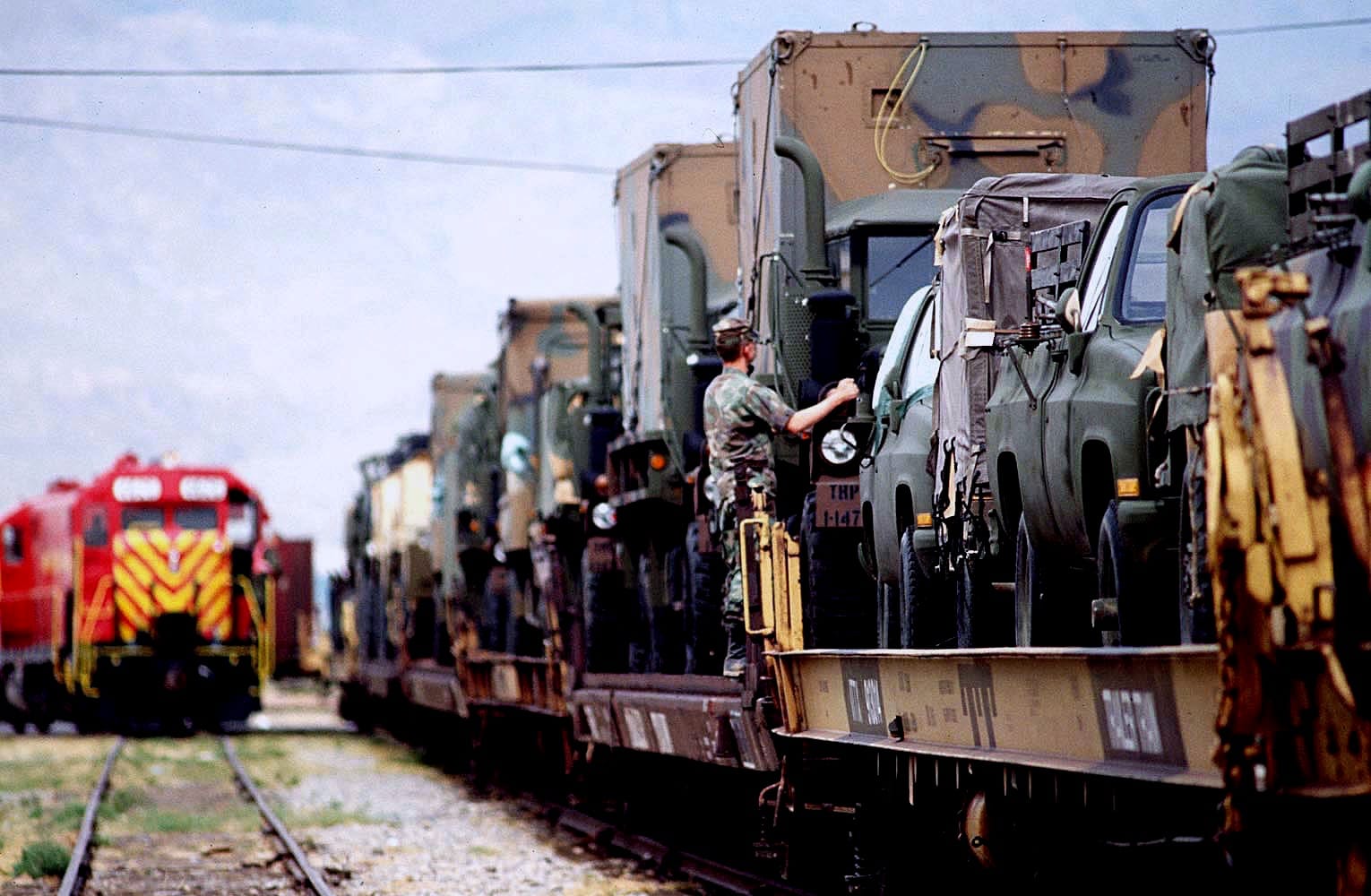Interactive experience: Logistics in War throughout history
Military logistics throughout history shapes war and feeds new formations that win on the battlefield
The Quartermaster's War
How Military Logistics Shaped History from Ancient Rome to Napoleon's Empire
Ancient Supply Lines
Long before Napoleon's genius, ancient civilizations understood that armies march on more than courage alone. The foundations of military logistics emerged from humanity's earliest organized warfare.
Key Figures
Chinese military theorist who recognized logistics as fundamental to victory, developing state-controlled weapons factories and standardized equipment systems.
Camp prefect serving as the legion's primary quartermaster—third in command managing construction of Roman roads to coordinating equipment transport.
By the Numbers
Medieval Transformation
As Rome fell, military logistics evolved from centralized imperial systems to feudal distribution networks. The term "quartermaster" emerged from German "Quartiermeister."
Major Campaign Timeline
William's invasion succeeded partly due to superior logistics—pre-positioned supplies and systematic provisioning of his army.
English longbow effectiveness depended on quartermaster planning—each archer required hundreds of arrows and systematic resupply.
Ottoman failure partly attributed to extended supply lines and inadequate provisioning for the massive army.
Key Innovation
First quartermaster general's department with strategically located magazines throughout France—the foundation Napoleon would perfect and expand across Europe.
Napoleon's Revolution
Napoleon's genius lay not just in tactics, but in understanding that wars are won in supply depots and quartermaster tents, not just battlefields.
Master Quartermasters
American Revolution veteran who organized logistics for Austerlitz triumph, then managed the catastrophic Russian campaign. His 19-volume military history provides invaluable quartermaster perspectives.
Napoleon's "man of extreme integrity" who revolutionized military finance and supply chains, enabling the Grande Armée's legendary 15-mile daily marches.
Grande Armée Statistics
Independent 20,000-30,000 man units with integrated supply trains, enabling rapid deployment and mutual support across multiple fronts.
Pre-positioned supplies moved progressively with advancing armies through sophisticated multi-tiered distribution networks.
Extracted 100 million francs from Austria (1805) and 120 million from Prussia (1806) to fund continuous operations.
Unified weapons, ammunition, rations, and equipment specifications across the entire Grande Armée.
When Genius Ignored Logic
Napoleon's greatest disasters came from overriding quartermaster warnings—proving that logistics, not tactics, ultimately determines military success.
Major Disasters Timeline
55,000 troops launched without water canteens for desert crossing. Soldiers died of thirst, some committed suicide from desperation.
Logistics could sustain army only to Vitebsk (500 miles). Napoleon pushed to Moscow—200+ miles beyond safe limits.
Guerrilla warfare systematically targeted French supply lines while British blockade cut off resupply routes.
Catastrophic Numbers
From Battlefields to Boardrooms
Napoleon's quartermaster innovations evolved beyond warfare to reshape global business supply chain management and modern organizational theory.
Immediate Military Impact
After Jena disaster, Prussia adopted French logistics methods. Scharnhorst established the General Staff with dedicated logistics officers—foundation of modern military organization.
Montgomery Meigs applied Napoleonic principles at industrial scale, managing Union expansion from 15,000 to 2.2 million soldiers through systematic supply chain management.
Business Evolution
The term "logistics" entered business vocabulary explicitly derived from military usage. Modern concepts like just-in-time delivery and integrated supply chains trace to quartermaster experience.
Global warehouse networks using visibility, flexibility, and resilience principles pioneered by Napoleon's quartermasters for rapid supply deployment.
Lean production systems applying military crisis management techniques to business supply chain optimization and waste reduction.
Unity of effort and assured provision doctrine directly descended from Napoleonic operational concepts and integration strategies.
Pandemic vaccine distribution and disaster relief coordination using principles developed by military quartermasters over centuries.



